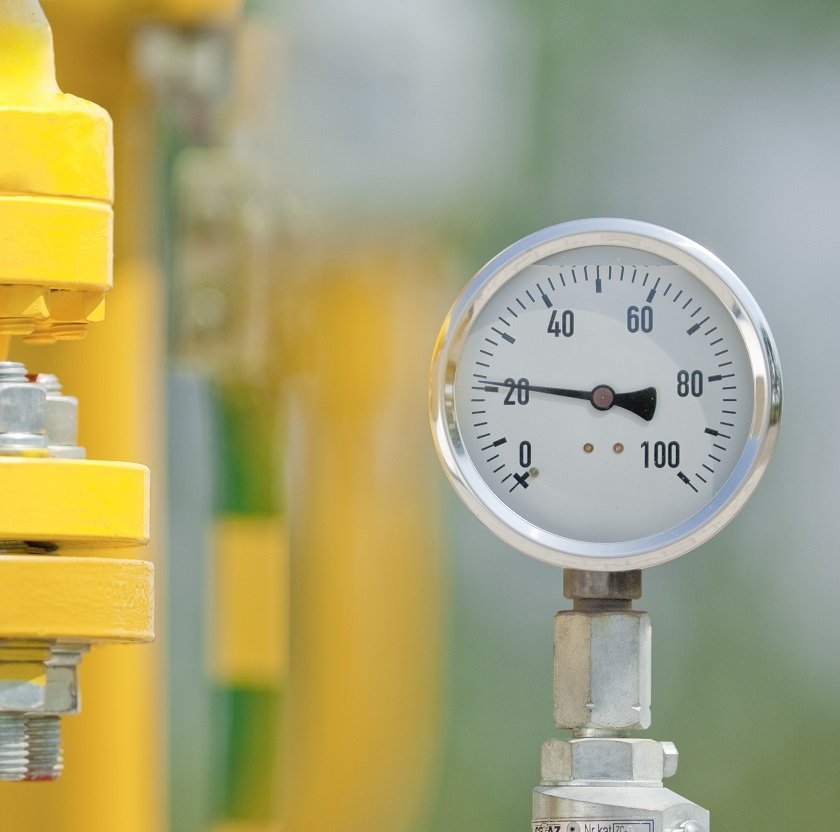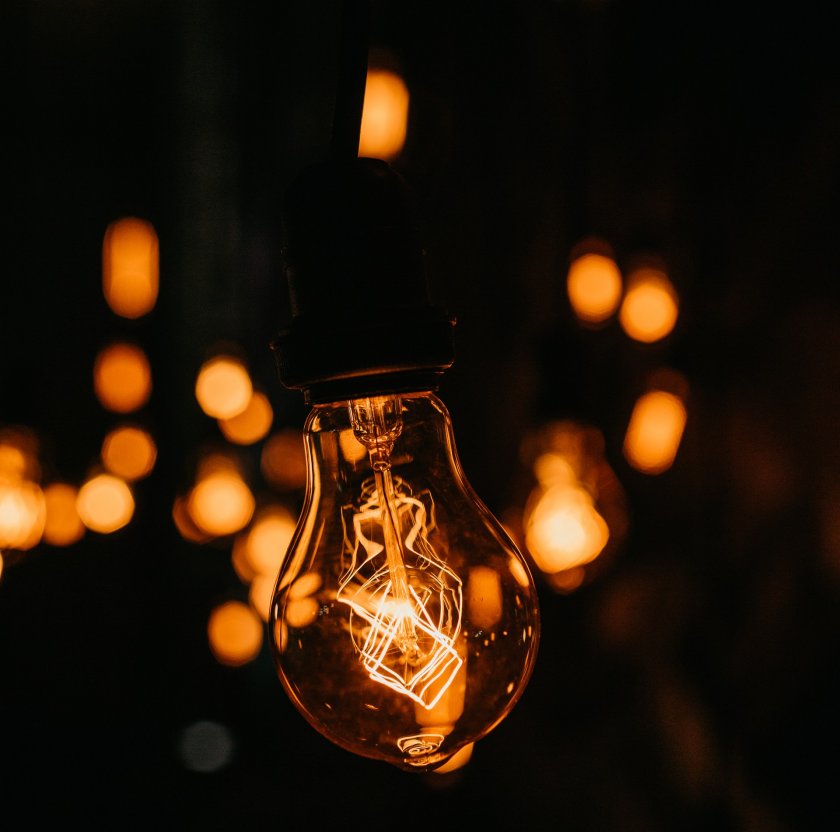Less gas in the gas, that is about regulators, i.e. the guardians of pressure and...our wallets
 Fot.
Fot.
Unlike liquids, gases, including natural gas are characterised by high compressibility: their volume changes when the pressure changes.
We can see that the same amount of gas takes up more space at a lower pressure and less at a higher pressure. As the vast majority of gas meters in Poland (and worldwide) do not measure the mass and pressure of gas but its volume instead, fluctuations in gas pressure in distribution pipelines would affect the accuracy of gas measurement in bellows gas meters installed at customers' premises.
If the pressure was too low, the gas measurement would be overestimated: less gas energy per unit volume would be delivered, which could be described as "less gas in the gas", whereas for too high pressure, the measurement would be underestimated, so more gas would be delivered than the meter would indicate. Why is this not the case?
Gas distributors are obliged to comply with the relevant standards and regulations. The Regulation of the Minister of Infrastructure of 12 April 2002 on technical conditions which must be fulfilled by buildings and their location states that in gas pipes supplying gas to the external wall of a residential building, collective residence, public utility and individual recreation, the pressure should not exceed 500 kPa.
Gas distributors are obliged to comply with the relevant standards and regulations. The Regulation of the Minister of Infrastructure of 12 April 2002 on technical conditions which must be fulfilled by buildings and their location states that in gas pipes supplying gas to the external wall of a residential building, collective residence, public utility and individual recreation, the pressure should not exceed 500 kPa.
At the same time, the Polish Standard for gas fuels says that the pressure in the gas installation in a building should not exceed 5 kPa, but the standard value is 2 kPa.
So how do we reconcile these things? Regulators are responsible for ensuring constant gas pressure. A gas pressure regulator is a special type of valve that maintains a constant pressure value at the outlet, irrespective of changes in higher inlet pressure, with a variable flow rate of the medium through the valve.
This means that at the inlet of such a regulator, gas can be supplied at various pressures (within certain limits) which may vary by up to ten times, but a stable preset pressure is obtained at the outlet, irrespective of the inlet pressure and flow rate. Moreover, these valves can self-close in the event of a loss or reduction of inlet pressure.
So how do we reconcile these things? Regulators are responsible for ensuring constant gas pressure. A gas pressure regulator is a special type of valve that maintains a constant pressure value at the outlet, irrespective of changes in higher inlet pressure, with a variable flow rate of the medium through the valve.
This means that at the inlet of such a regulator, gas can be supplied at various pressures (within certain limits) which may vary by up to ten times, but a stable preset pressure is obtained at the outlet, irrespective of the inlet pressure and flow rate. Moreover, these valves can self-close in the event of a loss or reduction of inlet pressure.
At the heart of each regulator is a spring and diaphragm, and pressure control downstream of the regulator is via an external impulse line: a tube that feeds pressure under the diaphragm. The operation of the regulator is based on the balance between the action of the spring and the action exerted by the pressure downstream of the regulator on the diaphragm. If there is no balance, the diaphragm deforms causing movement of the mandrel and the closing component, which move perpendicular to the direction of gas flow.
When the pressure downstream of the regulator falls below the set-point value (due to an increase in flow or a decrease in pressure upstream of the regulator), an imbalance is created which causes the valve to open and the flow to increase until the pressure downstream of the regulator again reaches the pre-set value. Conversely, if the pressure downstream of the regulator rises above the set point, the valve closes and the flow decreases until the pressure downstream of the regulator again reaches the set point.
When the pressure downstream of the regulator falls below the set-point value (due to an increase in flow or a decrease in pressure upstream of the regulator), an imbalance is created which causes the valve to open and the flow to increase until the pressure downstream of the regulator again reaches the pre-set value. Conversely, if the pressure downstream of the regulator rises above the set point, the valve closes and the flow decreases until the pressure downstream of the regulator again reaches the set point.


